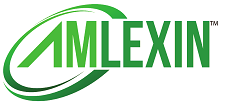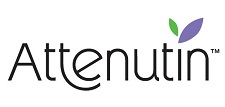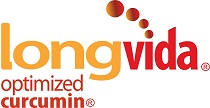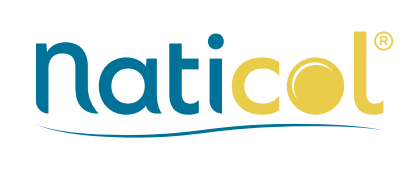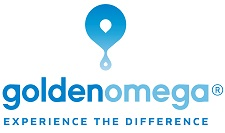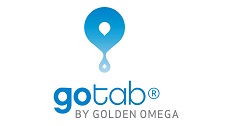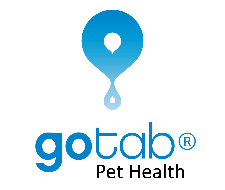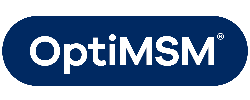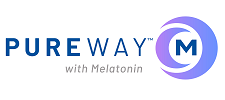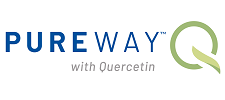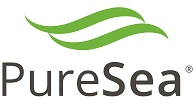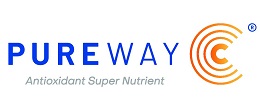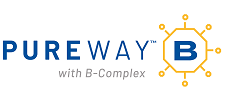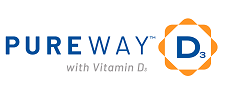NATURAL VS SYNTHETIC IODINE: Is there a difference?
- 16 July 2021
- Written by LEHVOSS Nutrition
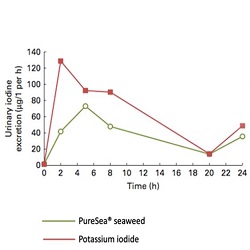
Iodine can be found naturally in a few food sources, particularly white fish, dairy and seaweed – with seaweed being the only natural and good source of this essential nutrient iodine. For artificial supplementation, synthetic potassium iodide is used. One way in which synthetic sources of iodine differ from natural sources is the way in which the body absorbs the nutrient. Iodine is an essential nutrient in the diet, and one that is increasingly lacking. In a recent report from the Iodine Global Network cites an EU funded project that concludes “Europe is an iodine deficient continent”.
Independent clinical trials have shown that potassium iodide releases iodine into the system quickly and can cause a spike in iodine levels, and is quickly excreted
Natural foods like seaweed have iodine bound into fibres, allowing the iodine to be broken down and released more slowly. A more consistent, sustained release of iodine is beneficial because it can allow your body to manage, absorb and utilise the iodine more efficiently. The following graphic shows iodine excretion over time in independent clinical research (Glasgow University Medical School – 2014) using PureSea® seaweed species.
Importantly, seaweeds are a very broad group, with around 10,000 different species that can vary hugely in iodine levels. PureSea® focusses on one species (Ascophyllum nodosum) with unique and proprietary processing to give a gold-standard, fully-transparent and traceable ingredient, with a standardised range of iodine levels making it the ideal inclusion for nutritional supplements and functional foods.
To learn more about PureSea® visit our dedicated page or contact us.



 Could a natural ingredient outperform a well-known solution in oral health?
Could a natural ingredient outperform a well-known solution in oral health?

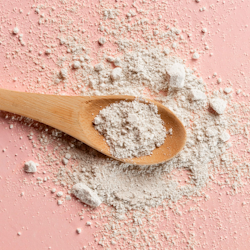 At
At 
